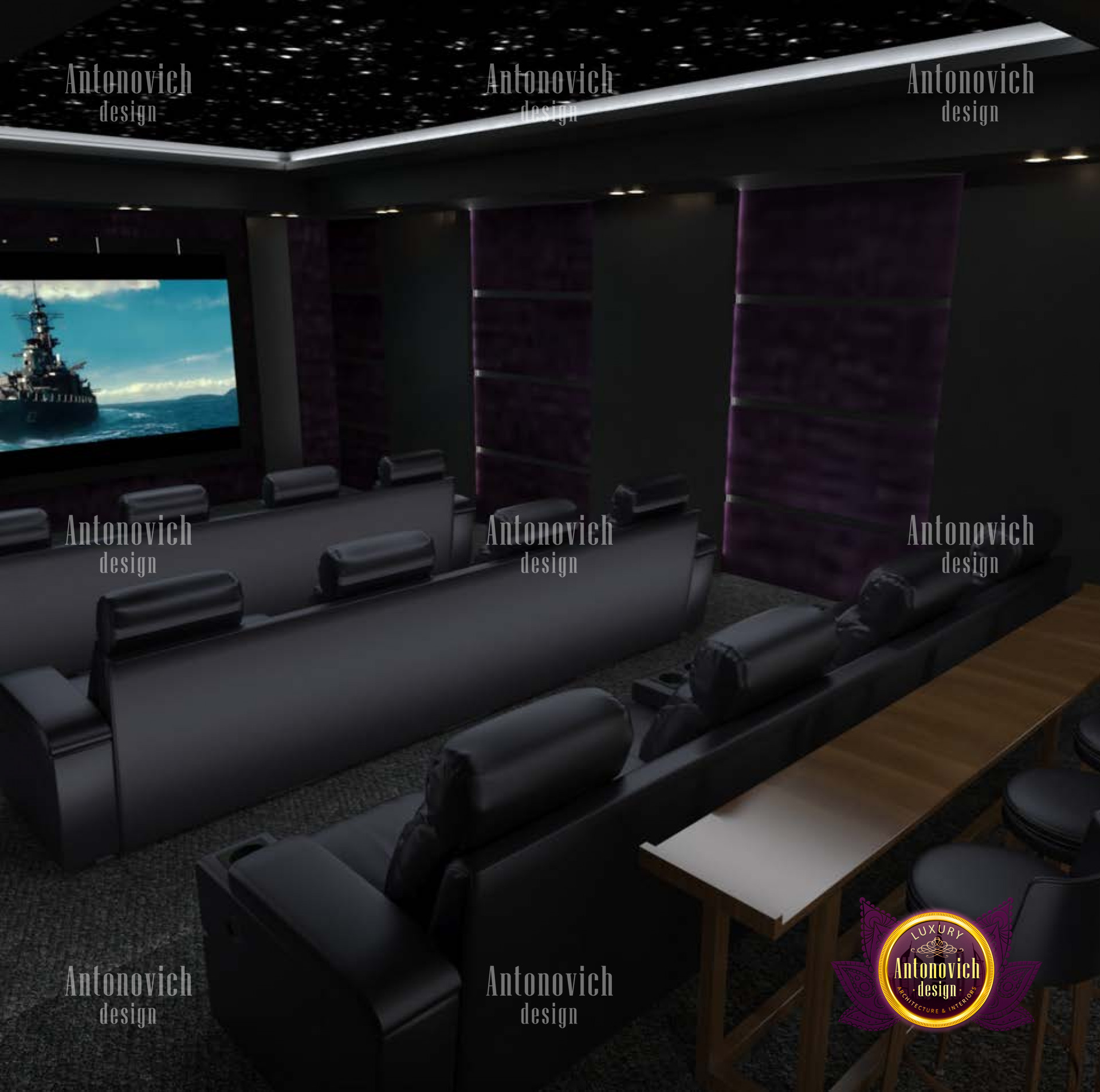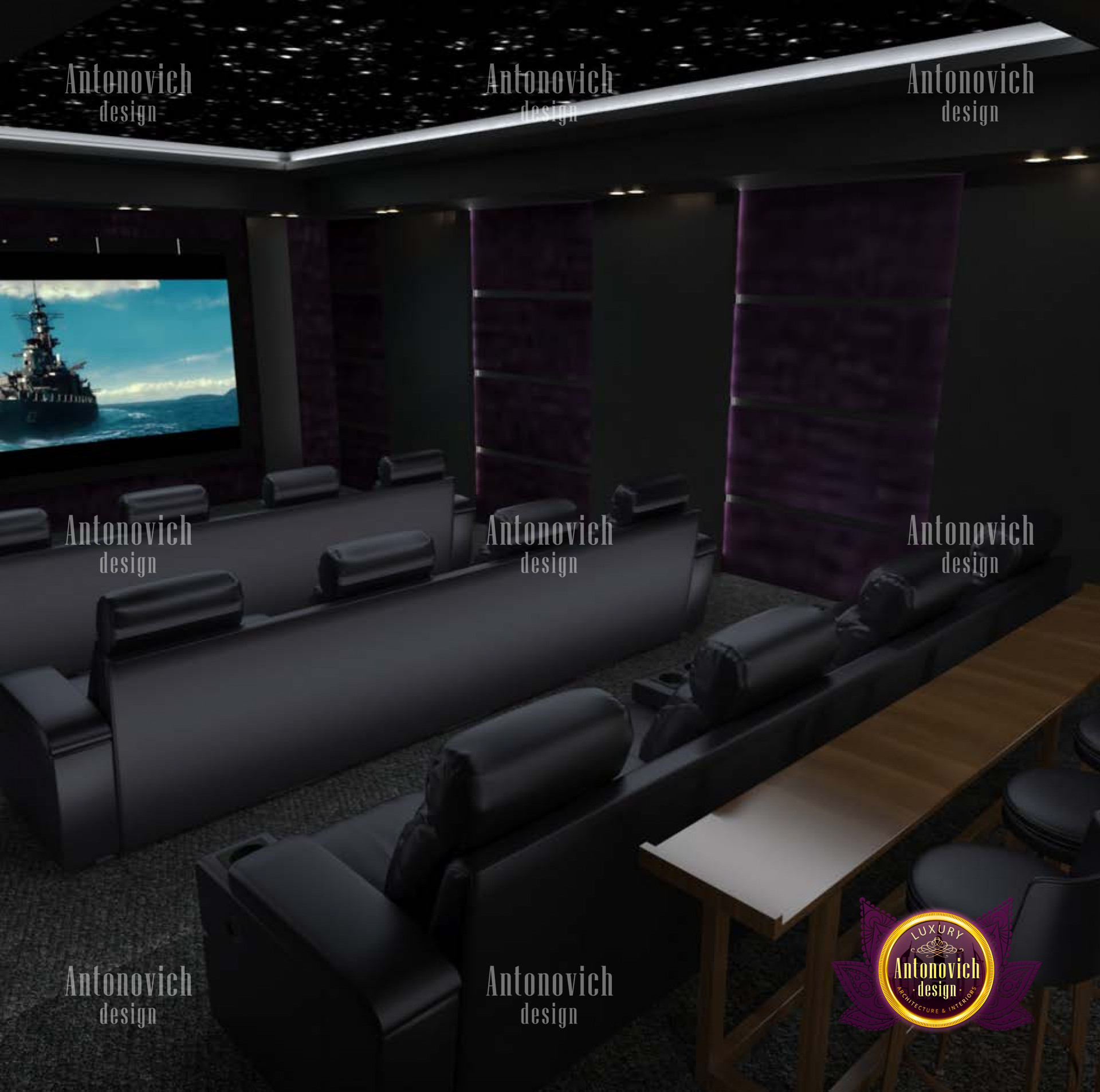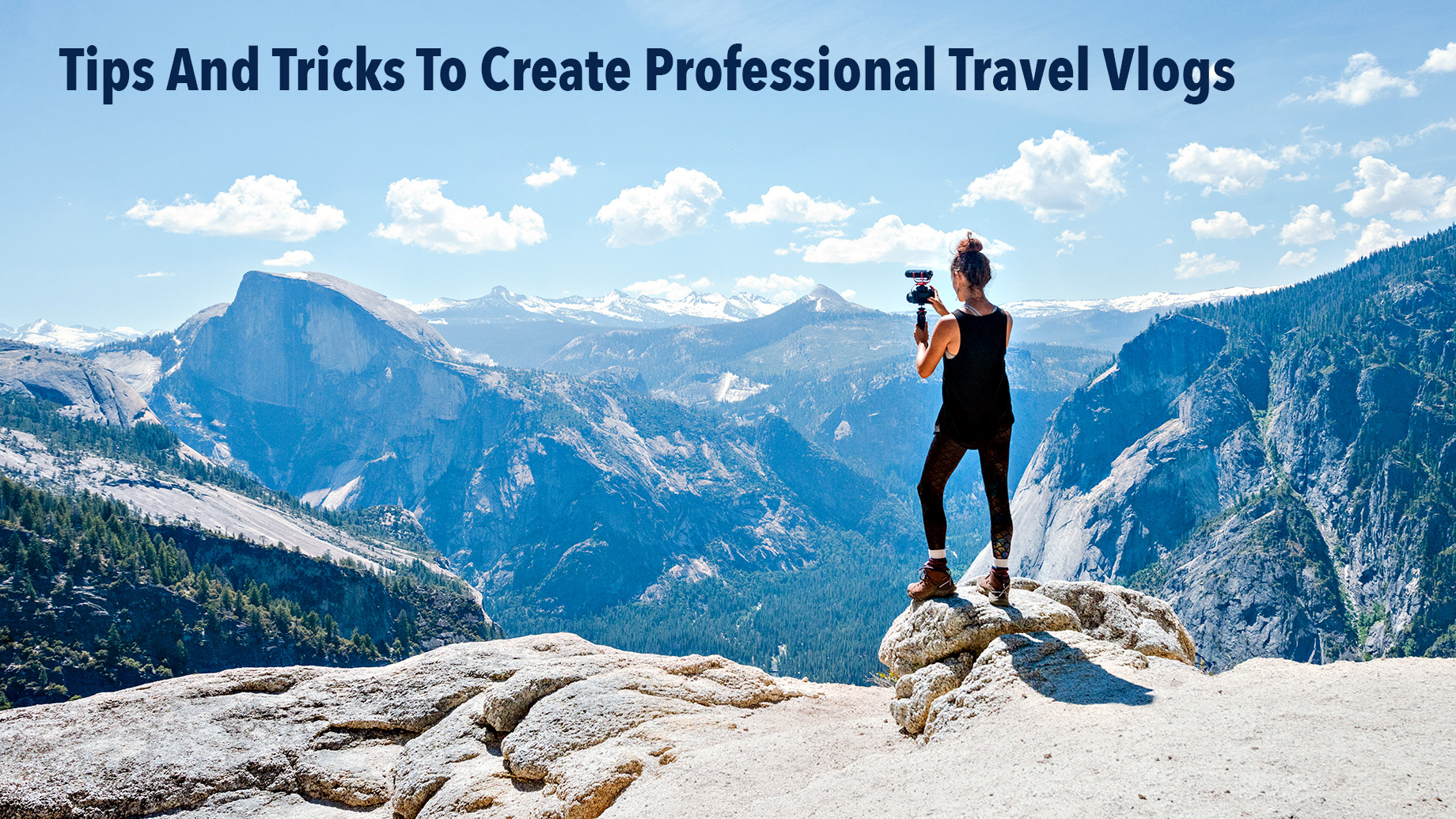“Crafting Cinematic Travel Photos: From Stunning Shots to Captivating Edits
Related Articles Crafting Cinematic Travel Photos: From Stunning Shots to Captivating Edits
- Cinematic Aerial Travel Shots For Beginners: Elevate Your Storytelling
- Unleash Your Inner Explorer: A Comprehensive Guide To Travel Photography With A DSLR
- GoPro Photography: Mastering Composition, Travel, And Editing Apps
- The Best Locations To Put Your Lightweight Camera Gear To The Test
- Unveiling The Best Photo Spot Inspirations: A Guide To Capturing Stunning Images
Introduction
On this special occasion, we’re delighted to explore an engaging topic: Crafting Cinematic Travel Photos: From Stunning Shots to Captivating Edits. Join us as we navigate insights that inform, inspire, and open new perspectives for our readers.
Table of Content
Crafting Cinematic Travel Photos: From Stunning Shots to Captivating Edits

Travel photography has evolved beyond simple snapshots. Today, it’s about capturing the essence of a place, telling a story, and creating images that resonate with viewers on an emotional level. A key element in achieving this is the "cinematic" aesthetic – photos that evoke the feeling of a movie scene, with dramatic lighting, rich colors, and a sense of depth.
This article delves into the world of cinematic travel photography, exploring creative ideas for capturing breathtaking shots and the best editing apps to transform your photos into cinematic masterpieces.
I. The Essence of Cinematic Travel Photography
Cinematic travel photography isn’t just about aesthetics; it’s about storytelling. It aims to:
- Evoke Emotion: The image should make the viewer feel something – awe, wonder, nostalgia, or a sense of adventure.
- Create Atmosphere: Lighting, color, and composition work together to create a specific mood and ambiance.
- Tell a Story: The photo should hint at a narrative, inviting the viewer to imagine the scene’s context and the people within it.
- Capture Depth: Using techniques like leading lines and foreground elements to create a sense of perspective and immersion.
II. Creative Ideas for Cinematic Travel Photos
1. Golden Hour and Blue Hour Magic:
- Golden Hour: The hour after sunrise and before sunset offers warm, soft light that bathes landscapes and subjects in a golden glow. Use this time to capture:
- Silhouettes against the rising or setting sun.
- Warm portraits with soft, flattering light.
- Landscapes with enhanced texture and depth.
- Blue Hour: The period just before sunrise and after sunset provides cool, ethereal light. Ideal for:
- Cityscapes with glowing lights against a deep blue sky.
- Landscapes with a dreamy, otherworldly feel.
- Reflections in water with soft, diffused light.
2. Embrace the Weather:
- Rain: Rainy days can create dramatic reflections, moody atmospheres, and opportunities for unique street photography.
- Fog: Fog adds a sense of mystery and intrigue to landscapes, softening details and creating a dreamy effect.
- Snow: Snow transforms landscapes into winter wonderlands, offering opportunities for stark contrasts and minimalist compositions.
3. Capture Authentic Moments:
- Street Photography: Capture candid moments of daily life, interactions between people, and the unique character of a place.
- Portraits of Locals: Ask permission to photograph people in their natural environment, showcasing their culture and way of life.
- Documenting Experiences: Capture the essence of your travels by photographing activities like hiking, cooking, or exploring local markets.
4. Compositional Techniques:
- Leading Lines: Use lines in the environment (roads, rivers, fences) to guide the viewer’s eye towards the main subject.
- Rule of Thirds: Divide the frame into nine equal parts and place key elements along the lines or at their intersections.
- Foreground Elements: Include interesting objects in the foreground to add depth and perspective to the scene.
- Symmetry and Patterns: Look for symmetrical compositions or repeating patterns that create a sense of order and visual appeal.
5. Play with Perspective:
- Low Angles: Shooting from a low angle can make subjects appear larger and more imposing.
- High Angles: Shooting from a high angle can provide a unique perspective on landscapes and cityscapes.
- Wide-Angle Lenses: Use a wide-angle lens to capture expansive landscapes and create a sense of immersion.
- Telephoto Lenses: Use a telephoto lens to compress perspective and isolate distant subjects.
III. Editing Apps for Cinematic Travel Photos
Once you’ve captured your images, the editing process is crucial for achieving that cinematic look. Here are some of the best editing apps for mobile and desktop:
Mobile Apps:
- Adobe Lightroom Mobile: A powerful and versatile app that offers a wide range of editing tools, including:
- Color Grading: Adjust the color balance, hue, saturation, and luminance of your images to create a specific mood.
- Tone Curve: Fine-tune the brightness and contrast of your images for a more dramatic look.
- Selective Adjustments: Make targeted adjustments to specific areas of your photo.
- Presets: Use pre-designed filters to quickly apply a cinematic look to your photos.
- Snapseed: A free and user-friendly app with a range of powerful editing tools, including:
- Healing Brush: Remove unwanted objects from your photos.
- Selective Tool: Make targeted adjustments to specific areas of your photo.
- HDR Scape: Enhance the dynamic range of your images for a more dramatic look.
- Grain: Add a subtle grain effect to your photos for a vintage or film-like look.
- VSCO: A popular app known for its film-inspired filters and subtle editing tools.
- Filters: Choose from a wide range of filters to create a specific mood and style.
- HSL: Adjust the hue, saturation, and luminance of individual colors.
- Grain: Add a realistic grain effect to your photos.
- Clarity: Enhance the texture and detail in your images.
- Tezza: An app with a focus on trendy and vibrant editing styles, perfect for creating eye-catching travel photos.
- Afterlight: A versatile app with a wide range of tools for color correction, sharpening, and adding textures.
Desktop Software:
- Adobe Lightroom Classic: The industry-standard software for photo editing and organization.
- Advanced Color Grading: Provides precise control over color adjustments.
- Masking Tools: Allows for complex and targeted edits.
- Batch Processing: Edit multiple photos at once.
- RAW Processing: Process RAW files for maximum image quality.
- Adobe Photoshop: A powerful image editing software that offers a wide range of tools for retouching, compositing, and creating special effects.
- Layers: Work with multiple layers to create complex edits.
- Masking: Create precise masks to isolate specific areas of your photo.
- Content-Aware Fill: Remove unwanted objects seamlessly.
- Filters: Apply a wide range of filters and effects.
- Capture One: A professional photo editing software known for its exceptional color handling and RAW processing capabilities.
IV. Cinematic Editing Techniques
Here are some key editing techniques to achieve a cinematic look:
- Color Grading:
- Warm Tones: Add warmth to your images by increasing the orange and yellow tones.
- Cool Tones: Add coolness to your images by increasing the blue and teal tones.
- Split Toning: Add different colors to the highlights and shadows of your image.
- LUTs: Use LUTs (Lookup Tables) to quickly apply a specific color grade to your photos.
- Contrast and Tone:
- Increase Contrast: Add contrast to your images to make them more dramatic.
- Adjust the Tone Curve: Fine-tune the brightness and contrast of your images for a more balanced look.
- Dodge and Burn: Lighten or darken specific areas of your image to create depth and dimension.
- Sharpening and Detail:
- Sharpening: Sharpen your images to enhance detail and clarity.
- Clarity: Increase the clarity to enhance texture and detail.
- Dehaze: Remove haze or fog from your images.
- Adding Effects:
- Grain: Add a subtle grain effect to your photos for a vintage or film-like look.
- Vignette: Add a vignette to darken the edges of your image and draw attention to the center.
- Light Leaks: Add light leaks for a nostalgic or dreamy effect.
V. Examples and Inspiration
- @chrisburkard: Known for his stunning adventure and landscape photography with a cinematic feel.
- @travisburkephotography: Captures breathtaking landscapes with a focus on light and atmosphere.
- @samkolder: Creates dynamic and visually captivating travel videos and photos.
- Film-Inspired Presets: Many photographers and editors offer preset packs designed to emulate the look of specific film stocks.
VI. Conclusion
Creating cinematic travel photos is a journey that combines artistic vision, technical skill, and the right tools. By embracing creative ideas, mastering composition techniques, and utilizing powerful editing apps, you can transform your travel photos into captivating stories that transport viewers to the heart of your adventures. Experiment with different styles, find what resonates with you, and let your creativity guide you in capturing the beauty and wonder of the world through a cinematic lens.




